[Introduction] The current demand for low-power consumption in the explosive growth of data centers has become increasingly prominent, driving the new demand trend of distributed power supply design architecture, that is, the intermediate voltage has changed from the traditional 48Vdc to 380Vdc, and this new design trend has also promoted The need for new overvoltage and overcurrent protection devices.
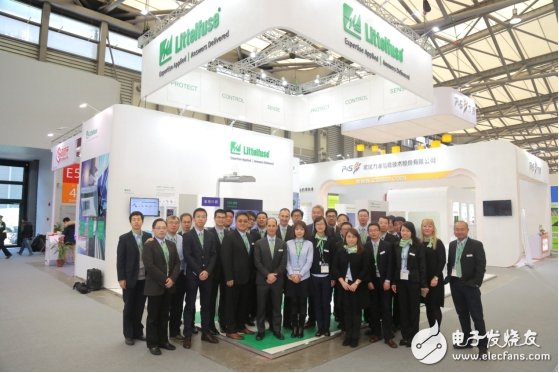
The fragmented networking application market is bound to be accompanied by cloud computing services because many end applications have low power and low cost requirements and often do not require strong computing power and large local storage capacity. The concept of cloud computing is to aggregate server computing and storage resources scattered around the world to provide customizable real-time computing and storage needs for users around the world.
The current rapid growth of cloud computing services has spawned the growing demand for blade servers, and they must have more computing power and higher energy efficiency. A blade server is a backbone device for data storage and processing in a data center. A data center often consists of hundreds or even thousands of blade servers.
As more and more IoT devices need to send data to the cloud for real-time processing, the data center market is currently experiencing explosive growth. In the current energy-saving environment, how to reduce the energy consumption of large energy-consuming data centers is a topic that the industry is currently focusing on. The key is how to further improve the conversion efficiency of AC to DC power.
The higher the AC to DC efficiency, the less heat is generated and the lower the power consumed by the cooling and cooling system. This in turn significantly reduces power consumption in another way, because the cooling system is also a large energy consumption in the data center. Incidentally, system reliability has also increased significantly.
Therefore, no matter from which aspect, improving the efficiency of data center AC to DC power supply is a top priority. Therefore, in recent years, several different distributed power conversion architectures have been proposed to solve this problem.
The typical distributed power conversion architecture widely used in data centers today is that the 13.2KVac from the grid is converted to a 3-phase 480Vac through a first-stage transformer, then through the AC-DC and DC-AC in the UPS, and a power distribution unit ( The PDU) is converted to 208 or 120Vac (for different countries or regions). This intermediate bus voltage is then converted to 12Vdc output by AC-DC and DC-DC in the Power Conversion Unit (PSU) in the server cabinet. The 12Vdc is ready for use. To directly drive fan cooling, it can also be converted to a 3.3Vdc drive on the board processor or other electronic components through a DC-DC converter. The overall efficiency of this power conversion architecture is 50-60%.
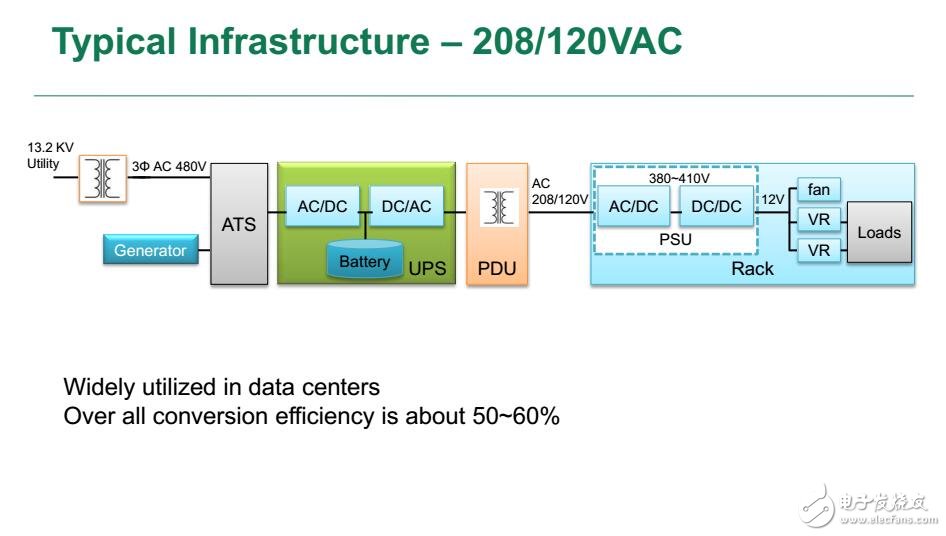
Figure 1: Typical distributed power conversion architecture widely used in today's data centers
Another distributed power conversion architecture widely used in telecommunications systems is: 3-phase 480Vac is directly converted to 48Vdc by PDU AC-DC, then converted to 12Vdc and 5Vdc output by PSU DC-DC, 12Vdc is used for driving The fan, 5Vdc, is then converted to a 3.3V drive processor or other electronic component by a DC-DC converter.

Figure 2: Distributed power conversion architecture widely used in telecommunications systems
A new distributed power conversion architecture that is popular on the market today is that 3-phase 480Vac is directly converted into 380Vdc by AC-DC and PDU in UPS, and then sent to computing system, lighting system, cooling system, etc. through HVDC bus. The input is then converted to 12Vdc or other output by the DC-DC in each sub-system PSU, and 12Vdc is used to drive the fan, or it can be converted to a 3.3V or 1.8V drive processor via a DC-DC converter or Other electronic components.
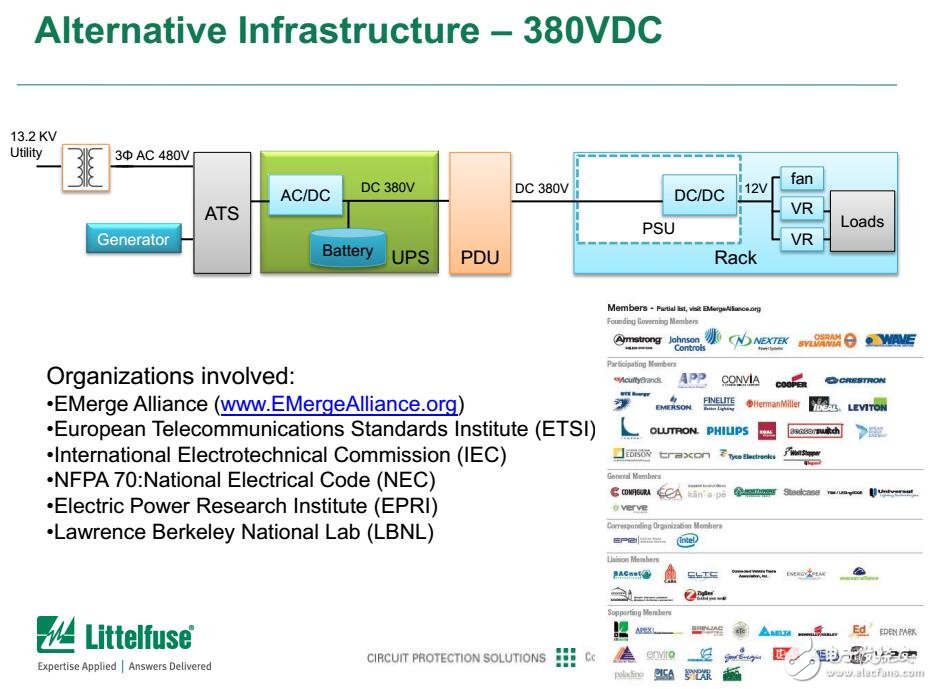
Figure 3: A new distributed power conversion architecture that is popular on the market today.
By greatly increasing the intermediate DC voltage, that is, from the traditional 48Vdc to 380Vdc of the current telecom power conversion architecture, not only the AC-to-DC power conversion efficiency is greatly improved, but also the current required to transmit the same power is greatly reduced, thereby effectively achieving a large The power consumption of the amplitude is reduced.
Organizations currently supporting this new data center power conversion architecture include: EMerge Alliance, European Telecommunica TIons Standards InsTItute (ETSI), InternaTIonal Electrotechnical Commission (IEC), NFPA 70: NaTIonal Electrical Code (NEC), Electric Power Research Institute (EPRI), Lawrence Berkeley National Lab (LBNL).
If the overall power conversion efficiency of UPS+PDU+PSU+VR+fan is used, the traditional scheme can only reach 48%, the second 48Vdc intermediate voltage scheme can reach 72%, and the third scheme can reach the highest 76%.
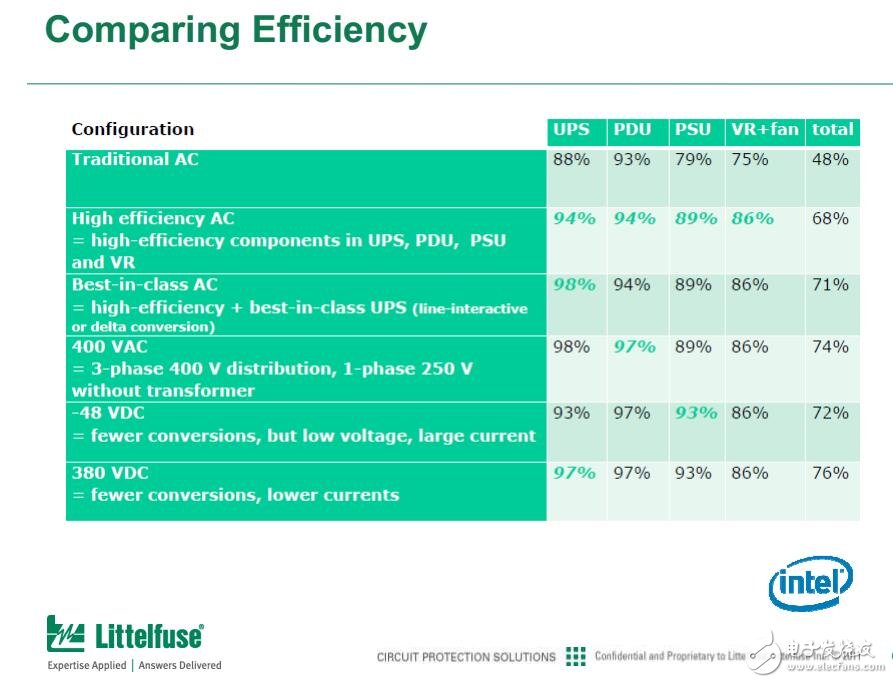
Figure 4: Efficiency comparison of three data center power conversion architectures
"The data center market has been growing rapidly in recent years," said Li Li, a senior applications technology engineer at Littelfuse. "The data center market has been experiencing explosive growth, whether it's responding to government energy claims or reducing operating costs. To improve system reliability, the 380Vdc intermediate voltage power conversion architecture is forming a new design trend. Of course, it also spawned the need for overcurrent protection devices for 380Vdc."
380Vdc has at least 5 obvious benefits, 1) less conversion times, system reliability can be improved; 2) fewer power conversion times, higher conversion efficiency, can reduce the requirements for cooling and cooling system; 3) equipment cost Lower, because higher voltage and lower current can use finer copper coins, and no longer need AC power factor correction or harmonic compensation; 4) easier to integrate with solar power systems; 5) easier with electric The car's energy storage system is integrated.
Li Xiaohui pointed out: "The 380Vdc intermediate bus voltage power conversion architecture will eventually expand from the data center to the office building and home. In the future, the 13.8KVac AC voltage from the grid will be converted to 380Vdc through the IUT (Intelligent Universal Transformer) and then passed through a consumer. The entrance is connected to a solar roof panel, home entertainment system, home office system, inductive charging pad for portable devices, garbage door opener, hybrid car, home energy storage station, inverter driven HVAC unit, and inverter driven home Washing machine group."
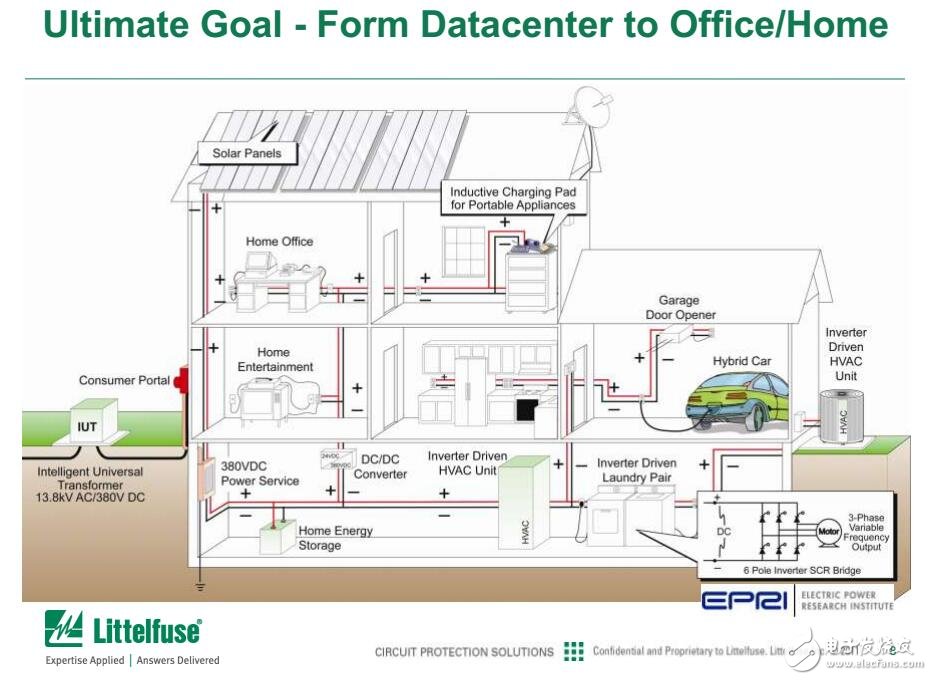
Figure 5: Final target application market for 380Vdc intermediate power architecture
Any equipment in the data center must be guaranteed to work properly in lightning strikes, which requires over-current protection against lightning surges. Because lightning strikes are usually just overpressure, they still have an energy. If the energy of the lightning strike is too large, it is possible to damage the overvoltage protection devices such as TVS, MOV or GDT. Since the failure modes of these overvoltage protection devices may be short circuits, such short circuits may cause very dangerous damage to devices such as servers in the future, which requires data center devices to be overcurrent protected.
Today, Lite has 477 series fuses (0.5-16A) for 400Vdc withstand voltage, 808 series (2-5A) and 977 series fuses (0.5-16A) with 450Vdc withstand voltage, and 505 series fuses with 500Vdc withstand voltage ( 10-30A), but these fuses are not the most cost-effective for the emerging application of 380Vdc.
Li Xiaohui said: "In order to help customers further improve the cost performance of the emerging 380Vdc application overcurrent protection solution, Lite specially developed the 487 series fast-break fuse with voltage resistance of 420Vdc or 420Vac. Considering that the power grid usually fluctuates by 15-20%, 400Vdc The pressure-resistant 477 series fuses are still dangerous, and the 420Vdc voltage-resistant 487 series fuses are resistant to 20% of the grid fluctuations. Of course, for safety reasons, you can consider using the existing 450Vdc withstand voltage 977. Series fuses, but the 977 series is a slow-break fuse that may not be an ideal choice for DC pulse current surges that require fast response speeds."
Of course, in order to expand the application of the 487 series fuse, it can also be applied to the 380Vac input. Li Xiaohui pointed out: "Lite as a professional circuit protection device supplier with more than 90 years of history, we have the ability to provide customers with the best overcurrent and overvoltage protection according to the latest design trends in the market."
Finally, it is worth mentioning that today's Lite is also advancing with the times. It is no longer just satisfied with being a professional overvoltage and overvoltage protection device supplier. It is also trying to enter the field of induction and power control. .
Managed Switches,Cctv Ip System Switch,10 Ports Managed Industrial Switch,12 Port Industrial Ethernet Switch
Shenzhen Scodeno Technology Co.,Ltd , https://www.scodenonet.com
